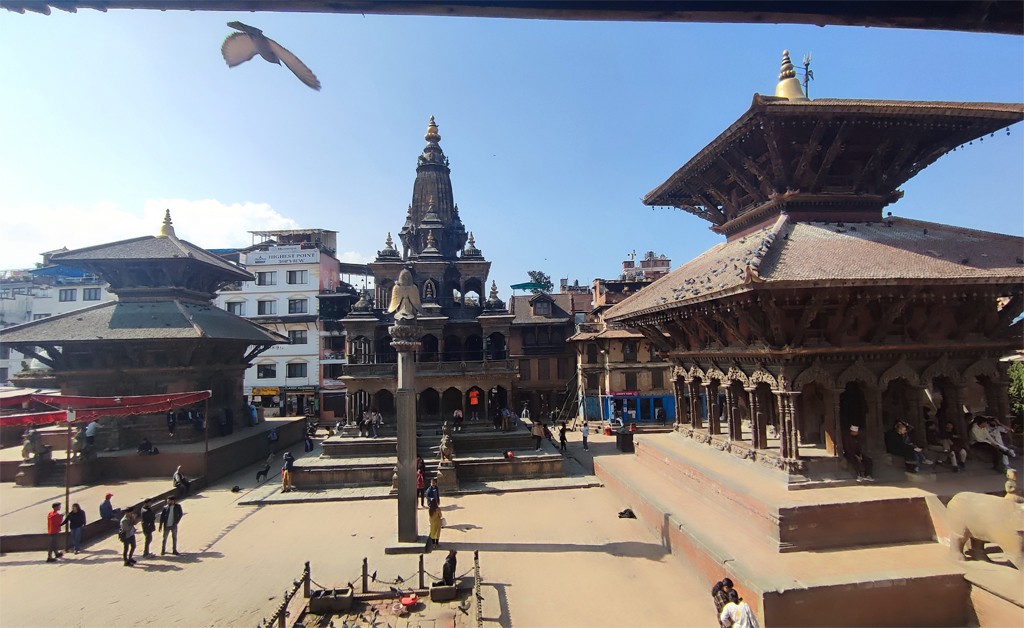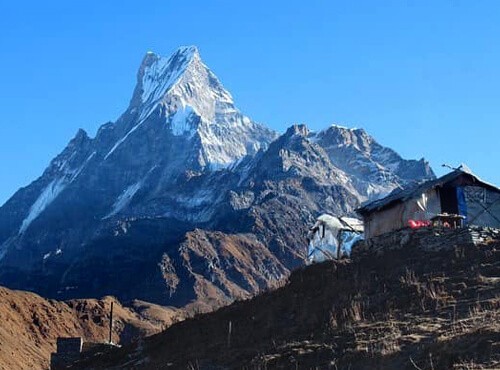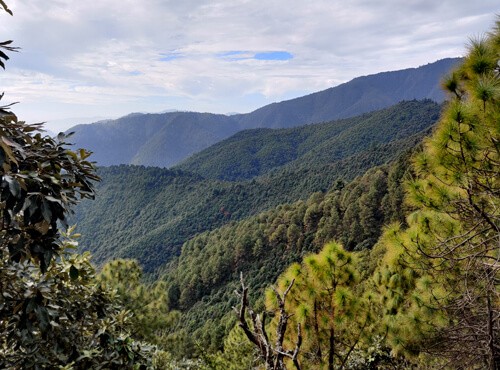In terms of culture, Patan is one of Nepal's greatest ancient cities. It is one of Nepal's oldest cities, having been civilized in the 13th century during the Malla rule in the Valley. The city is well-known for its fine arts, architecture, and culture. It is situated in the southern Kathmandu Valley and is the third-largest city with a World Heritage Site after Kathmandu and Bhaktapur. There are numerous significant shrines there that can be visited, including Char Narayan, Bishwa Nath, the enormous, rectangular, three-story Bhimsen temple, Chyasilin Dewal, the five-story Kumbheshwar Mahadev, Golden temple, Hiranya Varna Mahavihara, and many other notable sites. It is seven kilometers away and takes 25 minutes to get there from Kathmandu.
Discover the timeless beauty of Patan, Bungmati, and Khokana in a single day. Immerse yourself in ancient heritage, vibrant traditions, and the serene rural life of Nepal. This journey promises an unforgettable cultural adventure.
Patan’s sightseeing tour is an array of Nepal’s medieval period and development projects done by rulers. On this tour, you can learn about the chronology of a historical kingdom from the Medieval Era and the wonders of Nepalese art and architecture. We put together this fantastic trip to provide a taste of old culture, history, and Nepalese arts.
Khokana Village is one of the first villages in Nepal to access electricity. The cultural and historical Newar Village is most famous for its monuments and Rudrayani Temple which is claimed to have been built by Amara Malla in the 15th century BS. During the 1 day Khokana Village Tour, you will visit a renowned mustard oil-producing village known for its unique extraction method.
On the other side, Bungmati is a bigger village than Khokana. You will start in Bungamati, known for its artists and woodcarvers. You will visit the shrine of Rato Macchendranath, Patan's protector god, along with other holy sites after spending some time with the locals. Afterward, you will also go to the Shikali Mai temple, a three-story structure dedicated to the local deity, Goddess Rudrayani.
An exhibition of Patan's architecture, culture, fine arts architecture, culture, and the Khokana and Bungmati towns can be seen on a day trip. The tour will provide you the insights into the customs of the rural population, whose families have lived here from ancient times. These people are the Newars, natives of the Kathmandu Valley. They still lead simple lives, just like their ancestors did.
Khokana and Bungmati Festivals
Newars are fond of Jatras, they always find a unique way of celebrating their festivals. In Khokana and Bungmati villages, the locals celebrate the famous Shikali Jatra for 5 days during the Dashain festival. Dashain is the most celebrated festival among Hindu followers. The locals of Khokana and Bungmati also celebrate Machhindranath Jatra as one of the biggest festivals. Rato Machhindranath Jatra starts in Bungmati so, it is considered one of the biggest festivals among the local Newar Community.
Places to see around Patan Durbar Square
Patan Durbar Square has a lot of things and places to see during the visit. Some of the most preferred places in Patan to visit are:
Patan Museum
The Patan Museum features Nepal's ancient holy art in a magnificent architectural setting. Its residence is a historic residential court in Patan Darbar, one of the former Malla kings' palaces in the Kathmandu Valley. One of the most stunning squares in the world may be seen from its gilded door and window selling both original valley crafts and replicas found in museums.
The museum's collections include some priceless antiques and span a significant portion of Nepal's cultural history. They are discussed regarding their significance and set within the current Hindu and Buddhist traditions. The majority of the items are made of cast bronze and gilt copper metalwork, two Patan-specific traditional crafts.
Golden Window
The Golden Window is the main entrance of the Patan Museum is said to be made by the Malla Kings during their rule in the 14th century. In the famed Golden Window of the Patan Durbar (Patan Palace) in Lalitpur, Bodhisattva Avalokiteshvara is represented by emerging all the Hindu divinities from his body. However, Vishnu (or Shiva and Parvati, depending on the translator) and Garuda are depicted in various shapes above him and below the window. A frame that suggests the contrary is placed around the primary image, which implies Buddhist dominance. The window functions brilliantly and is then elevated to a higher standard as a key attraction in Patan Durbar Square for visitors who wish to have their chosen views validated.
Krishna Mandir
The splendid Krishna Mandir which has 21 pinnacles is the biggest highlight of Patan Durbar Square. It was built by the late Malla King Siddhi Nar Singh Malla in the seventeenth century. The temple is built in the traditional Shikhara style which is believed to be constructed in about 7 years and of the three-story building at the heart of Durbar Square, Mani Keshav Narayan Chowk. Surprisingly, despite being the Hindu god Shree Krishna’s temple, neither the Hindus nor other religions people can enter to see the statue in the temple. Only distinct people are allowed to enter and offer prayers.
Mahabouddha Temple
Mahabouddha temple was built in the 14th century. It is solely dedicated to historical Buddha also known as Gautam Buddha. It was built citing the importance of cultural mix among the people and visitors from Tibet as Kathmandu used to be a prime trading junction between the trade of Tibet and India.
Abhaya Raj Shakya, a follower from Patan, traveled to India's renowned Mahabodhi temple in the 1500s. He learned coin creation while he was at Bodhgaya. He was permitted permission to start a royal plant in his courtyard when he returned to Kathmandu. He started building this Mahaboudha temple in 1564 but he passed away before the foundation was finished.
Golden Temple
Locally, the Golden Temple is referred to as Hiranya Varna Maha Bihar. It was a monastery when it was constructed in the 15th century. It is referred to as Kwa Bahal in the Newari language. It means "the temple of the golden grind." It is one of the busiest attractions in Patan Durbar Square's surroundings. It was given the nickname "golden temple" for marketing purposes and to simplify its translation, not because it was made entirely of pure gold. The temple is mostly polished plated copper, giving it a stunning golden shine.





